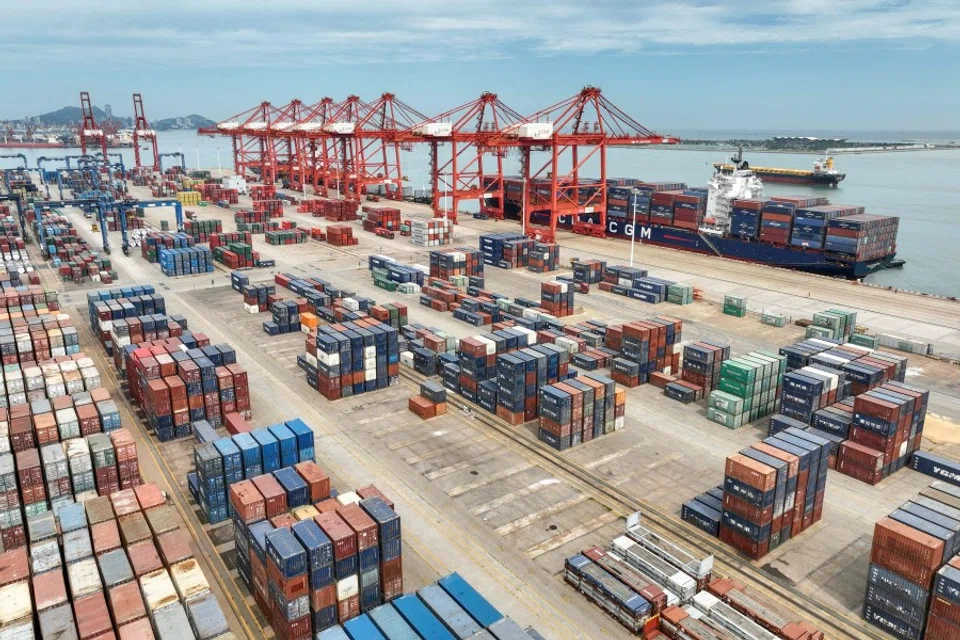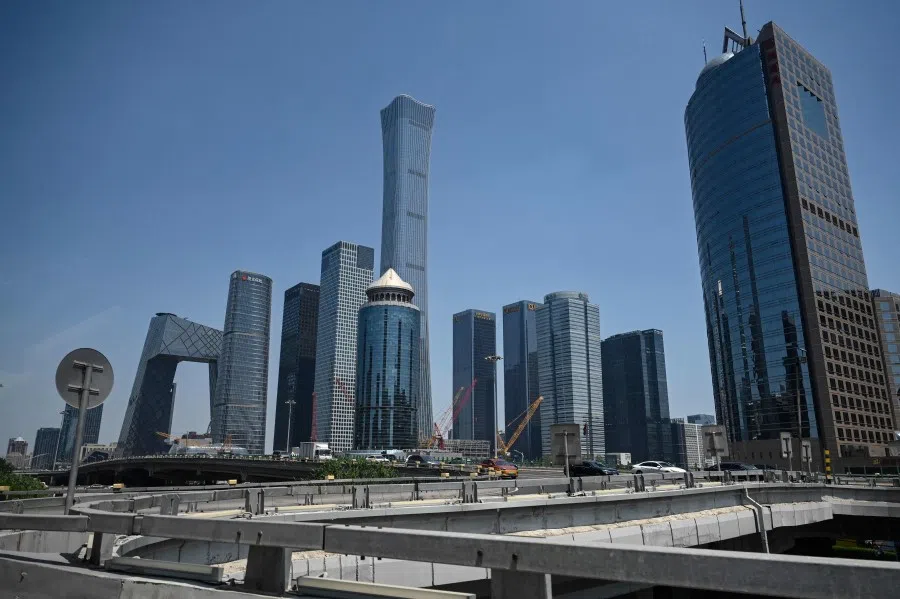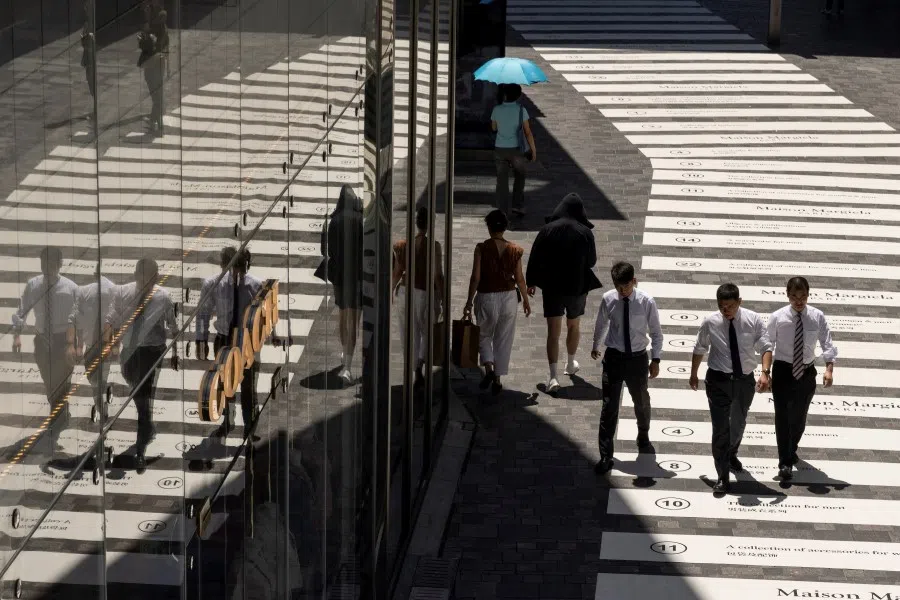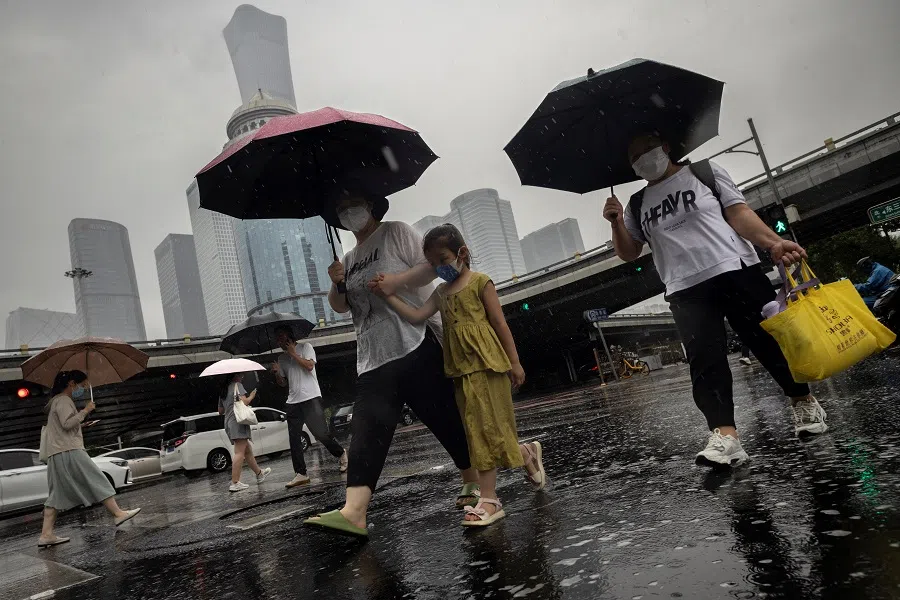No need for large-scale stimulus amid China's stable growth
EAI academic Chen Gang notes that as China's economy recovers from the pandemic, it will likely meet the growth target set by the government at the beginning of the year, which should be sufficient to avoid the need for large-scale stimulus policies. Areas such as technology and the service sector are likely to provide the push the Chinese economy needs.

In the first half of the year, the Chinese economy did not rebound as strongly as many people expected. On the contrary, there were sluggish or even declining trends in areas such as domestic consumption, industrial profits, youth employment and real estate.
Furthermore, China's economic development is facing severe international challenges, as a result of the ongoing war in Ukraine, the escalating technological blockade and economic sanctions by the US and its allies, and the fragile global economic recovery.
Meeting the modest growth target
In the current economic environment, the renminbi has continuously reached new lows, further impacting the public's confidence in the Chinese economy. And while the Chinese government was expected to introduce stronger economic stimulus policies to overcome the slump based on the evaluation of the economic situation in the first half of the year, this is unlikely to happen due to the current government's emphasis on "high-quality development".
While there are high expectations for the Chinese economy, at the beginning of the year the Chinese government set a growth target of only around 5%, the lowest in nearly 30 years. Considering the low base due to last year's pandemic control measures, this target seems even more modest.
China's economic growth in the first half of the year hit 5.5% year-on-year, and barring any surprises, it should see a similar growth rate in the second half of the year.

China's economic growth in the first half of the year hit 5.5% year-on-year, and barring any surprises, it should see a similar growth rate in the second half of the year. This means that it can probably meet the annual growth target.
At a recent symposium on the economy, Premier Li Qiang said that the Chinese economy had a good start in the first quarter and continued to recover in the second quarter. This means that the current economy is generally moving in line with the expectations set at the beginning of the year, and there is no significant need for major adjustments or a large-scale stimulus.
The general view during the session was that China's economy is highly resilient and steadily improving, so the existing economic policies are likely to continue, and there would unlikely be significant room for policy adjustments.
China cannot be hasty in achieving these goals, or else there would be a risk of making mistakes similar to the Great Leap Forward.
Structural problems threaten sustainable growth
According to the long-term goals set by the government, China aims to achieve basic modernisation and reach the level of a moderately developed country by 2035. This calls for doubling the per capita GDP based on 2020 figures - an annual economic growth rate of 5% is sufficient to achieve this goal.

Alongside the quantitative indicators, there are also long-term goals for economic structural transformation by 2035, such as strengthening national technological capabilities, enhancing corporate innovation, developing strategic emerging industries, and promoting the growth of the service industry. To some extent, these indicators are more important than GDP growth. But China cannot be hasty in achieving these goals, or else there would be a risk of making mistakes similar to the Great Leap Forward.
During the 2008 financial crisis, the Chinese economy, which was highly dependent on external demand at the time, faced great challenges. The government immediately rolled out a massive 4 trillion RMB (US$552 billion) stimulus package and initiated large-scale infrastructure projects that saved not only the Chinese economy but also the global economy.
However, this resulted in dire consequences such as skyrocketing home prices, widespread corruption, environmental pollution, inefficient and redundant constructions, worsening local debt problems, and high financial leverage ratios. Many of these problems sat unresolved for many years.
Subsequently, the rapid economic growth masked much of the problems that threatened long-term sustainable development. While stimulus packages can effectively lift the economy out of the doldrums in the short term, they are unable to solve structural problems over the long term - this is no different from drinking poison to quench one's thirst.
Stabilising growth a priority
On the contrary, when various governments around the world encountered an economic downturn in recent years, they began printing money to stimulate the economy. This was seen in Japan's Abenomics and the US's aggressive monetary and fiscal policies during the pandemic.
The current structural adjustment of China's economy ensures that it is unlikely to return to a period of high growth.

Although Abenomics boosted Japanese stocks in the short term, it had limited effects on the economy during Shinzo Abe's term. The US's recent economic policies are even more controversial.
During the pandemic, the Federal Reserve Board (Fed)'s balance sheet ballooned from about US$4 trillion prior to the pandemic to nearly US$9 trillion at the start of 2022. To manage the country's out-of-control inflation, the Fed later made a complete reversal to its policy, rapidly raising interest rates and shrinking its balance sheet. As a result of the Fed's flip-flopping policy shifts, some local banks eventually shuttered this year, almost causing a global financial crisis and forcing governments to step in with bailouts to mitigate systemic risk.
The Chinese economy has long bade farewell to its high-growth period (over 8% annually) several years ago and entered the "new normal" of low-to-medium growth (below 6% annually). Now, the Chinese government's main goal is to "stabilise growth", that is, maintaining an annual growth of about 5% while conducting structural reforms and promoting innovation and consumption upgrade on this basis.
Furthermore, due to geopolitical tensions, China needs to allocate more labour and resources to areas such as security and defence, which affect economic trajectories. The current structural adjustment of China's economy ensures that it is unlikely to return to a period of high growth.
Stimulus packages, in particular, cannot solve the root of these structural problems.

Indeed, the Chinese economy currently faces problems such as low consumption, declining commercial profits and high youth unemployment. But these problems are also common to other economies around the world and cannot be solved in the short term by certain policies.
Currently, the ageing population and technological advancements such as artificial intelligence have worsened problems, including pension expenditures and the younger generation's difficulty in finding jobs, which cannot be solved by government action in the short term. Stimulus packages, in particular, cannot solve the root of these structural problems.
Thus, at present, in the absence of significant fluctuations in the international and domestic situation, China will not make major adjustments to its existing economic policies.
This article was first published in Lianhe Zaobao as "中国不大可能出台大规模经济刺激政策".

![[Big read] Paying for pleasure: Chinese women indulge in handsome male hosts](https://cassette.sphdigital.com.sg/image/thinkchina/c2cf352c4d2ed7e9531e3525a2bd965a52dc4e85ccc026bc16515baab02389ab)

![[Big read] How UOB’s Wee Ee Cheong masters the long game](https://cassette.sphdigital.com.sg/image/thinkchina/1da0b19a41e4358790304b9f3e83f9596de84096a490ca05b36f58134ae9e8f1)

